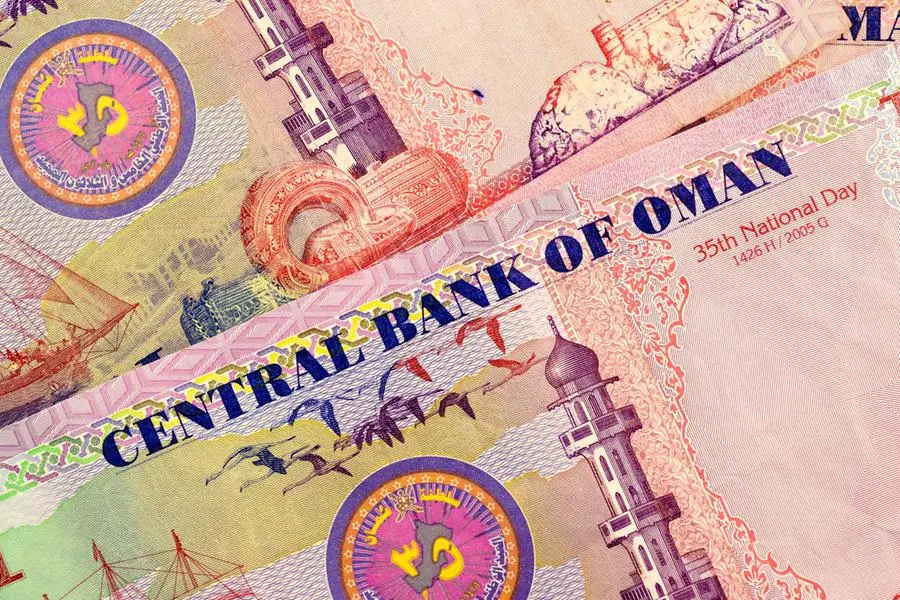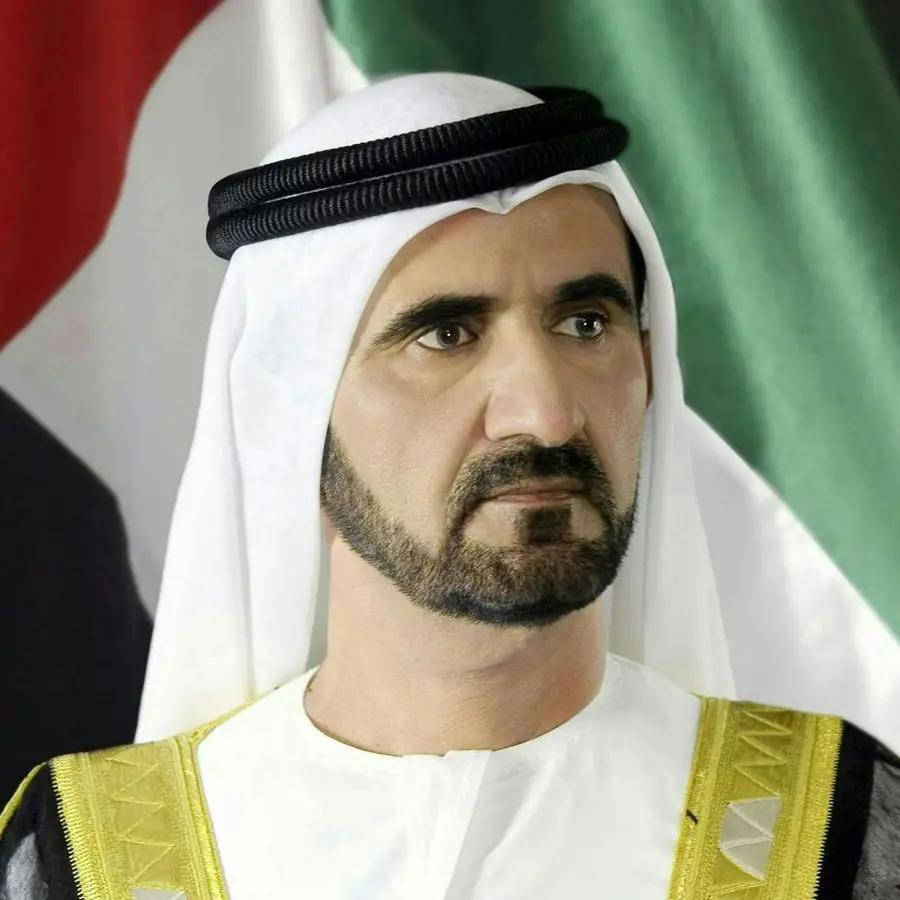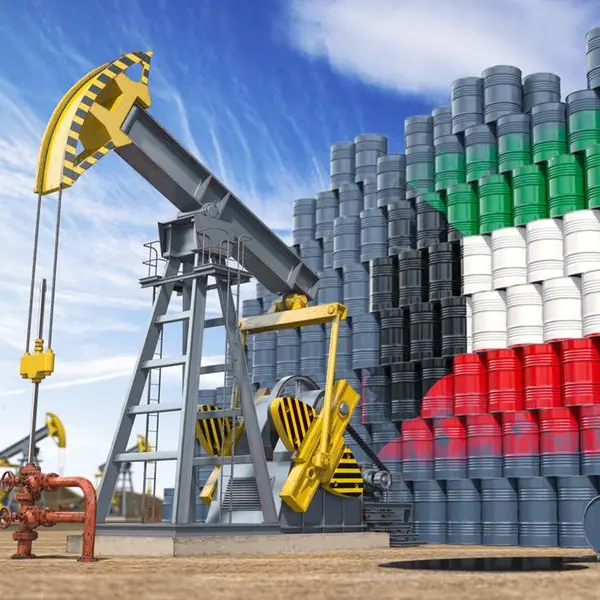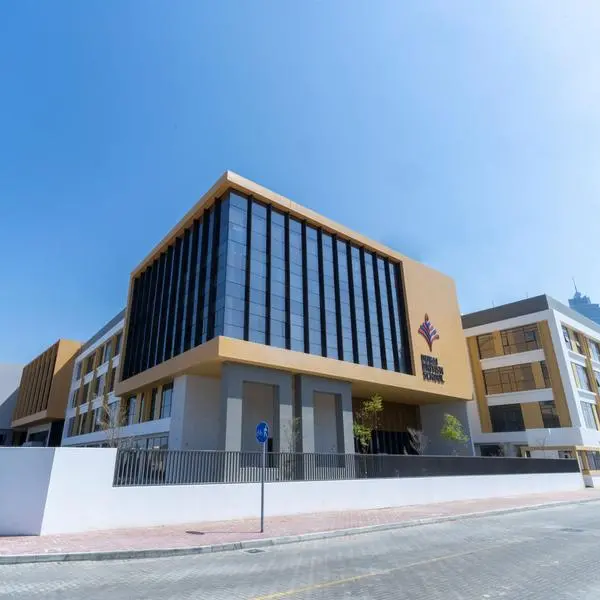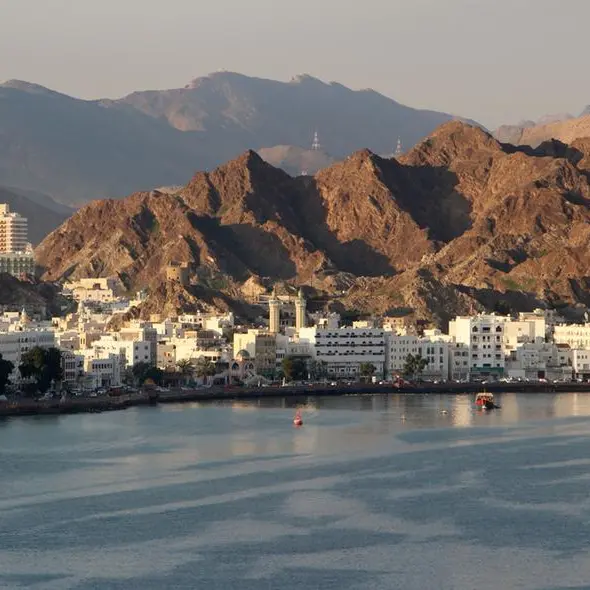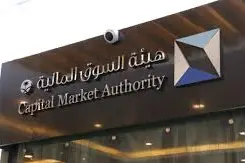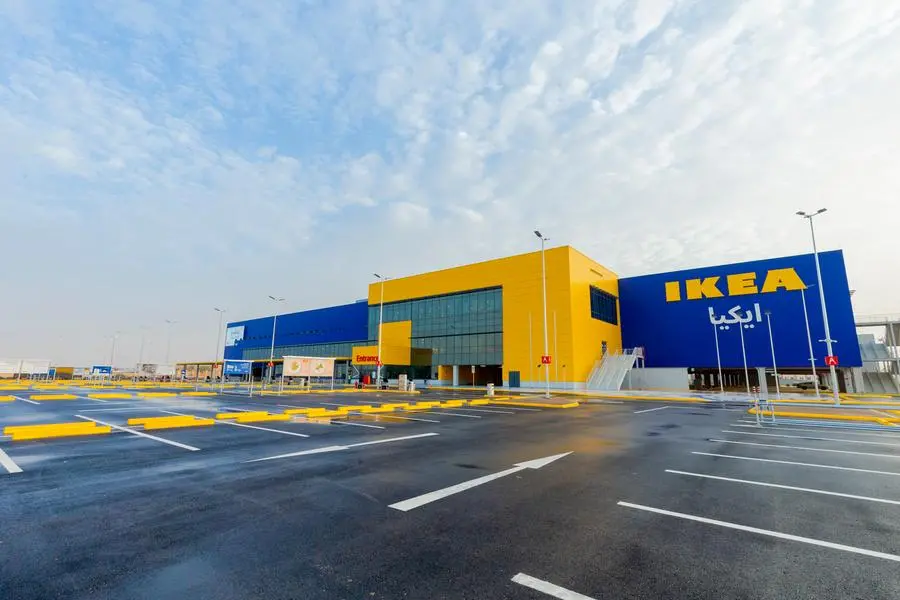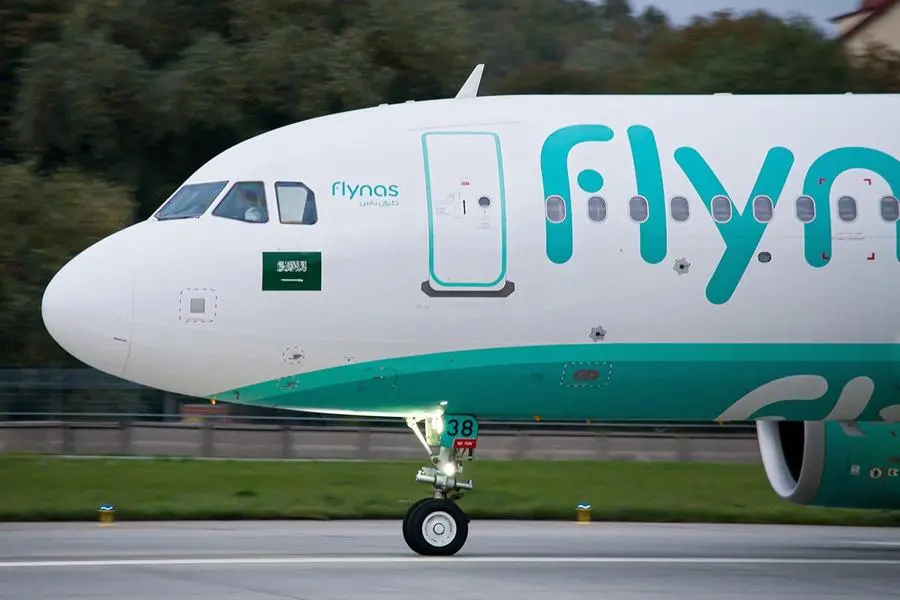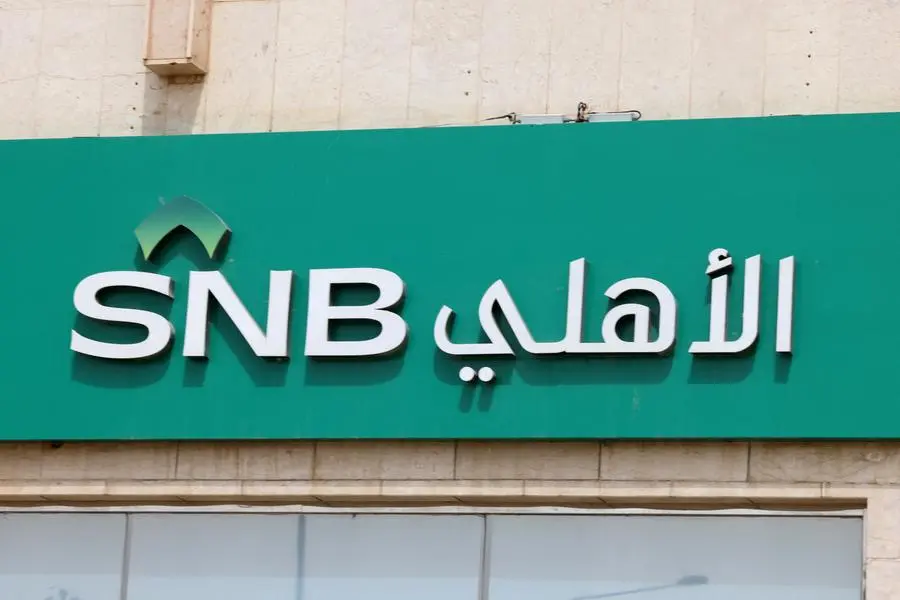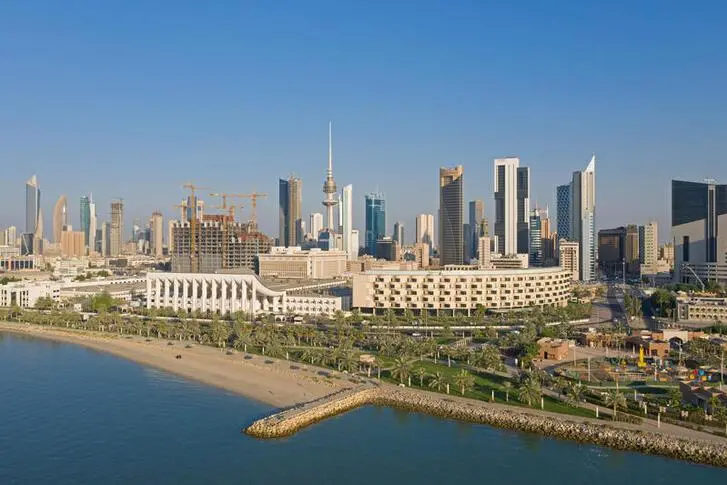PHOTO
Close up Omani Rial currency note. Getty Images
Muscat –Oman’s inflation rate experienced a significant decline in October, which can be attributed to a marked decrease in transportation costs and stability in fuel, utilities, and housing prices.
The annual inflation rate, measured by the sultanate’s Consumer Price Index (CPI), dropped to 0.30% in October 2023, marking its lowest point since March 2021. This is in contrast to the 1.27% inflation rate recorded in September 2023, according to data released by the National Centre for Statistics and Information.
Oman’s inflation has consistently decreased this year due to global inflation easing and government measures that capped fuel prices and exempted essential commodities from value added tax.
Consumer price inflation for food items, representing nearly 24% of Oman’s CPI, rose at a slower pace of 1.69% in October, compared to a 3.41% rise in September. The lower food inflation is mainly attributed to reduced prices of fish, meat, fruits, and vegetables in October compared to the previous month.
However, prices for the milk, cheese, and eggs group rose by 6.1% year-on-year in October, while cooking oils and fats became 2.6% more expensive last month than a year ago. Prices of sugar and confectionery items increased by 3.2% in October this year compared to the same month in 2022.
Prices for the transportation group, with over 19% weightage in Oman’s CPI, fell by 1.41% in October this year compared to the same month in 2022. Other groups that recorded drops in consumer prices were communication and education, which saw a 0.17% and 2.31% decline in October prices, respectively.
Prices for housing, utilities, gas, and other fuels have remained stable for the past year, thanks to the government’s price cap for fuel products and fiscal measures.
As previously stated by the Central Bank of Oman (CBO), these measures have successfully mitigated the severe spillover effects of global inflationary pressure.
Supported by favourable oil prices and sustained reform momentum, Oman’s economic recovery continues, and inflation remains contained, as reported by the International Monetary Fund (IMF) last week.
The IMF had earlier anticipated Oman’s annual inflation to decelerate this year due to government subsidies, price caps on certain products, and the strengthening of the US dollar, to which the Omani rial is pegged.
In 2022, Oman witnessed the second-lowest average inflation rate among GCC countries at 2.8%, following Saudi Arabia, which registered an inflation rate of just 2.5% last year. The IMF expects Oman to record the lowest inflation in the GCC this year.
Inflation in Oman and other GCC countries has remained much lower than counterparts in the broader MENA region and global peers. The IMF has maintained its forecast for inflation in the GCC region unchanged in 2023 at 2.6% and pencilled in a forecast of 2.3% for 2024.
© Apex Press and Publishing Provided by SyndiGate Media Inc. (Syndigate.info).
